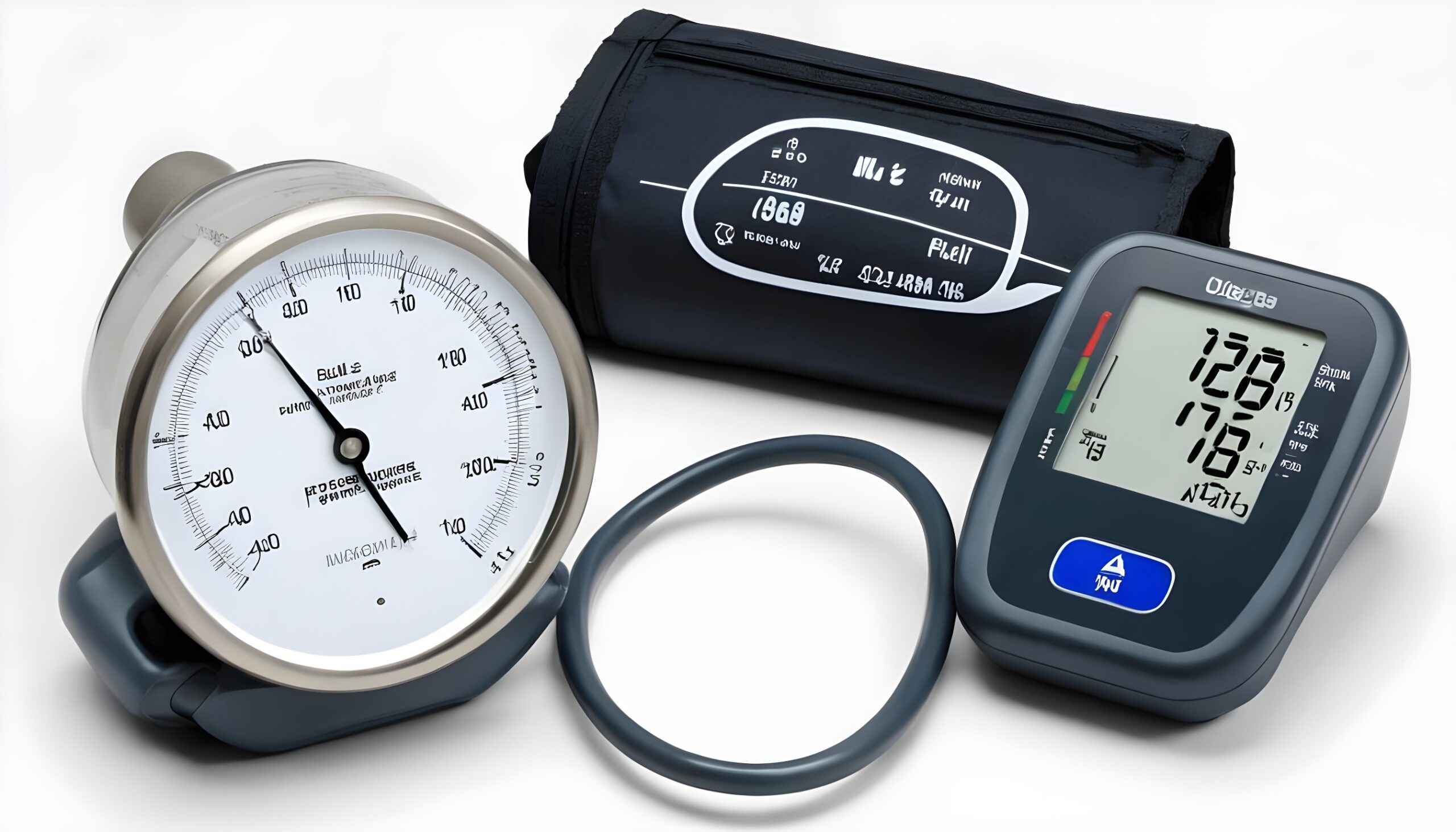The Indian government is revamping its regulatory framework for medical devices to bolster safety and efficiency. This initiative, led by the Central Drugs Standards Control Organization (CDSCO) under the India Medical Device Rules, 2017, involves classifying approximately 1,178 medical devices into four categories based on their risk levels. The updated framework ensures that medical devices are approved by the relevant State Licensing Authorities, thereby improving regulatory oversight.
Classification of India Medical Device Rules
The devices will be categorized into the following groups:
- Interventional Radiology: 186 devices
- Radiology Therapy: 114 devices
- Oncology: 75 devices
- Class A Devices: 803 types of non-sterile and non-measuring equipment
Market Growth Outlook
India’s medical devices market, currently valued at approximately $11 billion, is projected to grow to $50 billion by 2030. This surge is driven by rising healthcare demands and advancements in medical technology. The revised regulations aim to sustain this growth by ensuring the safety and efficacy of medical devices.
Existing Regulatory Framework
Under the India Medical Device Rule, 2017, the Central Licensing Authority employs a risk-based approach to classify medical devices. This framework ensures that high-risk devices undergo stringent evaluation before receiving approval.
Stakeholder Engagement and Updates
The CDSCO has sought feedback from industry stakeholders on the updated classification list. Rajeev Singh Raghuvanshi, the Drugs Controller General of India, announced that the list would be finalized soon. Stakeholders are also invited to propose additional devices for classification to ensure comprehensive coverage.
Device Registration Categories
Currently, there are 24 categories designated for medical device registration, including:
- Anesthesiology
- Pain Management
- Cardiovascular
- Dental
- Gastroenterological
- Respiratory
- Neurological
This classification streamlines the approval process, providing clarity and consistency across the medical device industry in India.
Challenges in Domestic Manufacturing
India’s medical device industry faces significant challenges, including high capital requirements and lengthy development cycles. While domestic production focuses on low-value, high-volume diagnostic tools, high-value, low-volume devices are primarily imported.
Government Support Initiatives
To support the sector, the government launched a ₹500 crore scheme in November 2023. Spanning from 2024 to 2027, the initiative focuses on:
- Manufacturing critical components
- Skill development
- Clinical studies
- Industry promotion
These regulatory reforms and initiatives aim to enhance the safety, efficiency, and growth of India’s medical device sector, benefiting the nation’s healthcare ecosystem.




